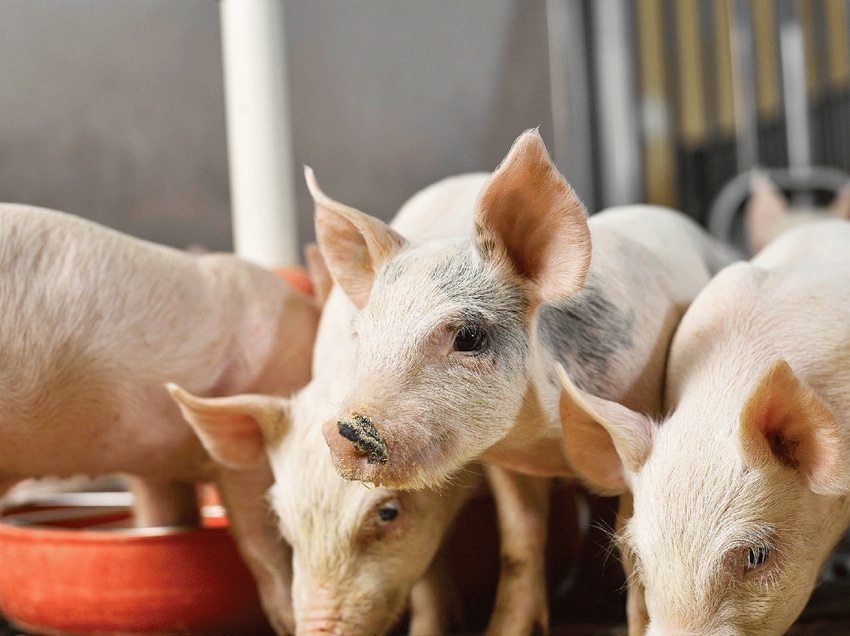Researchers zero in on ways to combat PRRS
Scientists aim to develop a pig that is at least able to survive porcine reproductive and respiratory syndrome, at best be totally immune.
April 20, 2022

Each year porcine reproductive and respiratory syndrome virus costs U.S. pork producers about $660 million in losses. Characterized by reproductive impairment or failure in breeding animals, and respiratory disease in pigs of any age, PRRS is the most economically significant disease to affect U.S. swine production since the eradication of classical swine fever.
While the virus has been in the United States for at least 35 years, a new variant seems to pop up every five years or so, and researchers are still trying to determine all the ways the virus spreads.
With vaccines for PRRS having limited effectiveness, Joan Lunney, a scientist with the USDA, says they are trying to answer the question, "how can we get pigs that will not get as sick and will survive and thrive even if they are infected?"
Internationally recognized for her work on pig immunology and genomics, Lunney has been involved in pig breeding and genetics research since the early 1970s, before PRRS made the scene, but now that's one of her top priorities. It's a priority for many researchers — working on trying to develop a pig that is at least able to survive PRRS, at best be totally immune.
However, several questions remain to be answered. For example, many of these pigs, which have the virus, will die. Some may not only survive but show no infection at all. Why? Lunney says recent research may have partially answered that question.
"We've taken 200 pigs at a time infected them, right after they've been weaned from mother and we've looked at them to see how one pig compares to another, to see if we can identify genes that are important in resistance to the PRRS virus," Lunney says.
She says one puzzling aspect of that same question deals with congenital infection, assuming if the mother has the virus, it would be passed on to all the fetuses. Lunney's research has shown that is not always the case.
"Even within the same litter, you can have a pig that has a mother who's positive, and they're not, they don't have the virus and the pig next to it in the litter can die from the virus," Lunney says. "So how do the fetuses resist the viral infection and that's work that is ongoing in my lab now."
Meanwhile, Lunney says, researchers have zeroed in on one gene called CD163 that can be gene edited to possibly produce a pig that is totally immune to PRRS, but it could take years before all the testing and verification work is done to see if the immunity continues in following generations of pigs, is it stable, and is the meat from those pigs safe.
Source: USDA, which is solely responsible for the information provided, and wholly owns the information. Informa Business Media and all its subsidiaries are not responsible for any of the content contained in this information asset.
About the Author(s)
You May Also Like


.png?width=300&auto=webp&quality=80&disable=upscale)
